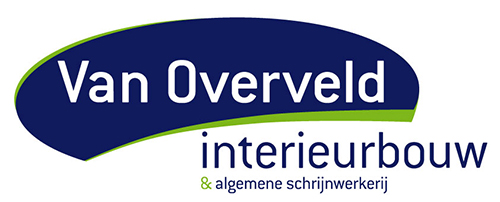Companies of all sizes finance part of their ongoing long-term operations by issuing bonds that are essentially loans from each party that purchases the bonds. This line item is in constant flux as bonds are issued, mature, or called back by the issuer. A liability is something a person or company owes, usually a sum of money. Liabilities are settled over time through the transfer of economic benefits including money, goods, or services. In most cases, lenders and investors will use this ratio to compare your company to another company. A lower debt to capital ratio usually means that a company is a safer investment, whereas a higher ratio means it’s a riskier bet.
Other accrued expenses and liabilities is a current liability that reports the amounts that a company has incurred (and therefore owes) other than the amounts already recorded in Accounts Payable. Short-term debt is typically the total of debt payments owed within the next year. The amount of short-term debt as compared to long-term debt is important when analyzing a company’s https://1investing.in/choosing-the-best-accountant-for-your-law-firm/ financial health. For example, let’s say that two companies in the same industry might have the same amount of total debt. Conversely, companies might use accounts payables as a way to boost their cash. Companies might try to lengthen the terms or the time required to pay off the payables to their suppliers as a way to boost their cash flow in the short term.
What about contingent liabilities?
Assets and Liabilities are the two categories that make up your company’s balance sheet. Once the liability account is created, you must record all of the expenses related to that liability. Then on December 31, you have to debit the expense and credit the liability account for how much money is owed.
- The interest portion of the repayments would be posted to the interest expense and interest payable accounts.
- Short-term loans payable could appear as notes payable or short-term debt.
- The outstanding money that the restaurant owes to its wine supplier is considered a liability.
- Investors should be aware of what these numbers mean before making any investment decisions based on them.
- Where “equity” represents the total stakeholder’s equity of the company.
- Liability may also refer to the legal liability of a business or individual.
A balance sheet consists of assets, liabilities and shareholder’s equity. But there are other calculations that involve liabilities that you might perform—to analyze them and make sure your cash isn’t constantly tied up in paying off your debts. Shareholders’ equity represents the residual interest in the company’s assets after deducting liabilities. Current liabilities are obligations that the businessowes and are expected to be settled within the next operating cycle or one year, whichever is longer. It is a simplified representation of how the financial side of the business functions. Liabilities differ between the organization’s total assets and its owner’s equity.
What are the Different Types of Liabilities on the Balance Sheet?
Essentially, liability accounts are a vital aspect of a company’s financial records that depict its obligations and debts to external parties. These obligations stem from past transactions or events and represent the potential outflow of economic resources in the future. Liability accounts are fundamental components of a company’s financial structure, serving as a record of its obligations and debts. In the realm Top 15 Bookkeeping Software for Startups of accounting, liabilities encompass various financial responsibilities that an entity owes to external parties, such as creditors, lenders, and suppliers. These accounts mirror the company’s potential sacrifices of economic resources in the future, arising from past transactions or events. One—the liabilities—are listed on a company’s balance sheet, and the other is listed on the company’s income statement.
There are also cases where there is a possibility that a business may have a liability. You should record a contingent liability if it is probable that a loss will occur, and you can reasonably estimate the amount of the loss. If a contingent liability is only possible, or if the amount cannot be estimated, then it is (at most) only noted in the disclosures that accompany the financial statements.
Examples of Liability Accounts (
The AT&T example has a relatively high debt level under current liabilities. With smaller companies, other line items like accounts payable (AP) and various future liabilities like payroll, taxes will be higher current debt obligations. The accurate recording and management of liability accounts offer several key benefits.
Like businesses, an individual’s or household’s net worth is taken by balancing assets against liabilities. For most households, liabilities will include taxes due, bills that must be paid, rent or mortgage payments, loan interest and principal due, and so on. If you are pre-paid for performing work or a service, the work owed may also be construed as a liability. Accrued Expenses – Since accounting periods rarely fall directly after an expense period, companies often incur expenses but don’t pay them until the next period.
AccountingTools
In addition, liabilities impact the company’s liquidity and, in the case of debt, capital structure. Also, if cash is expected to be tight within the next year, the company might miss its dividend payment or at least not increase its dividend. Dividends are cash payments from companies to their shareholders as a reward for investing in their stock. Some loans are acquired Fund Accounting 101: Basics & Unique Approach for Nonprofits to purchase new assets, like tools or vehicles that help a small business operate and grow. In the U.S., only businesses in certain states have to collect sales tax, and rates vary. The Small Business Administration has a guide to help you figure out if you need to collect sales tax, what to do if you’re an online business and how to get a sales tax permit.
